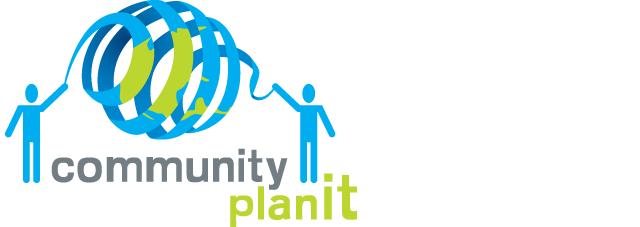For some people, digital games and civic life seem like polar opposites. There have been countless claims that new media such as games distract us from the very serious work of democracy and community life. But our previous work on projects such as Hub2 and Participatory Chinatown have shown us otherwise.
In
Hub2, we used the Second Life multi-user virtual environment within an urban planning process (Allston's Library Park) to help augment stakeholders' sense of the development area, its challenges, and its considerations. Users could walk around the environment, make suggestions, and instantly see their creations come to life. One notable feature of Hub2 was the elements of role-play incorporated into the process. For example, perhaps a resident would have to use the park as a person in a wheelchair, or as a mother walking her daughter outside the library to read. Having people "become" someone else really helped create a sense of empathy for others who would use the park.
We expanded on the idea of role-play in
Participatory Chinatown, where half of the meeting required stakeholders to embody a virtual avatar, like Janette Chang, a business professional looking to move to Chinatown, or Victor Sanchez, a local high school student looking for a part-time job. We developed a fully immersive 3D environment, game mechanics, and story lines to make the game fun and engaging. Fifty residents gathered in a room together to play. By exploring a virtual environment and making decisions as a virtual character, stakeholders, as their characters, spoke in strong "I" statements about their opportunities and challenges in the neighborhood.
This got us asking three questions that could make the process better:
- What if part of the community meeting was mobile--and sent stakeholders directly into their neighborhoods?
- How can we keep the game elements present for all parts of the meeting to create a seamless engagement process?
- How can we better engage stakeholders months before and after the meeting, so community engagement is a process, rather than a one-shot event?
As we set out to create Community PlanIt, we will have these questions, and others, in mind. Our main goal is to create a process that any community could incorporate easily. As we wrap up the process of hiring a software developer, we have a few thoughts about how Community PlanIt will work.
For this game, we would like to create an overarching theme that carries through--leading up until the community meeting and beyond. Months before meeting as a group, we will invite stakeholders to join the game as Community Ambassadors and complete a series of mini-missions leading up to a community event. These missions might include leaving 5 geo-coded comments about the community through our mobile or web interfaces, recruiting a new Ambassador, or leaving 3 responses to others' comments. Perhaps there can even be a system where users can help create a future neighborhood, where ideas about how the community can change are voted up or down, with the best ideas helping mold the community game environment.
The work Ambassadors do in this stage is stored on a game profile that they will use throughout the process where they can build up points and rankings, track their mission statuses, and interact with other Ambassadors. We want to make sure that the effort stakeholders put into the game early on carries into each part of the process.
At the community event, the Ambassadors will be asked to guide one of the game's virtual "new residents" around the community on quests. Using GPS, we will craft the event directly to the neighborhood, where, along the way, Ambassadors can interact not only with missions from the game's virtual residents, but also the wealth of media content added to the environment by community members. We will also host concurrent processes in a meeting hall and on the web for stakeholders who cannot participate in the mobile game.
We would also like to set up a system stakeholders can use to form discussion/action groups outside the game, to keep the conversation going. Additionally, users can continue advancing in the game in post-meeting quests.
We hope to turn these broad design ideas into a specific development plan within the next few weeks. We will keep you posted!


